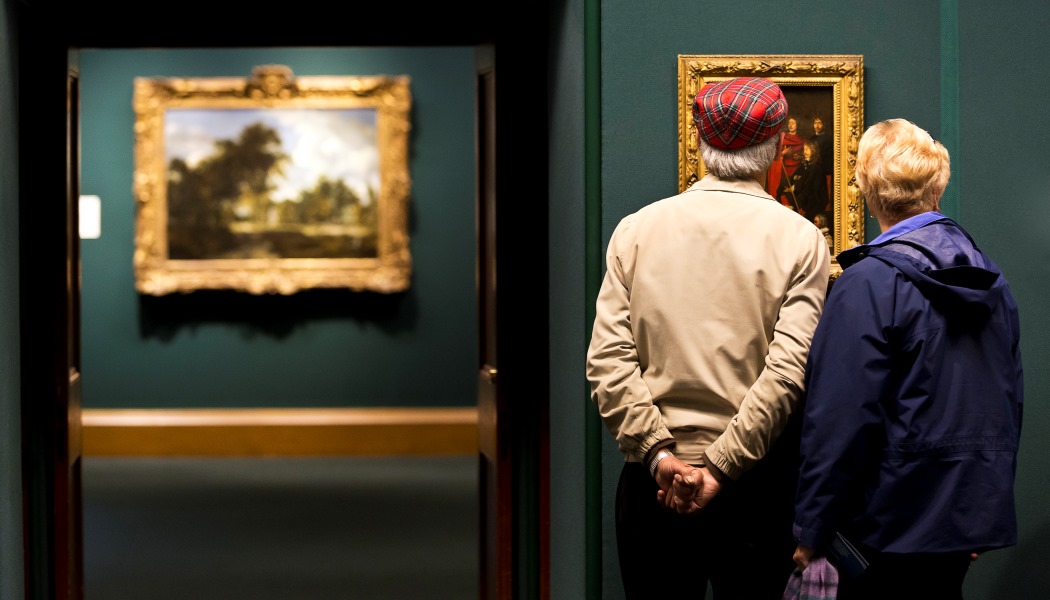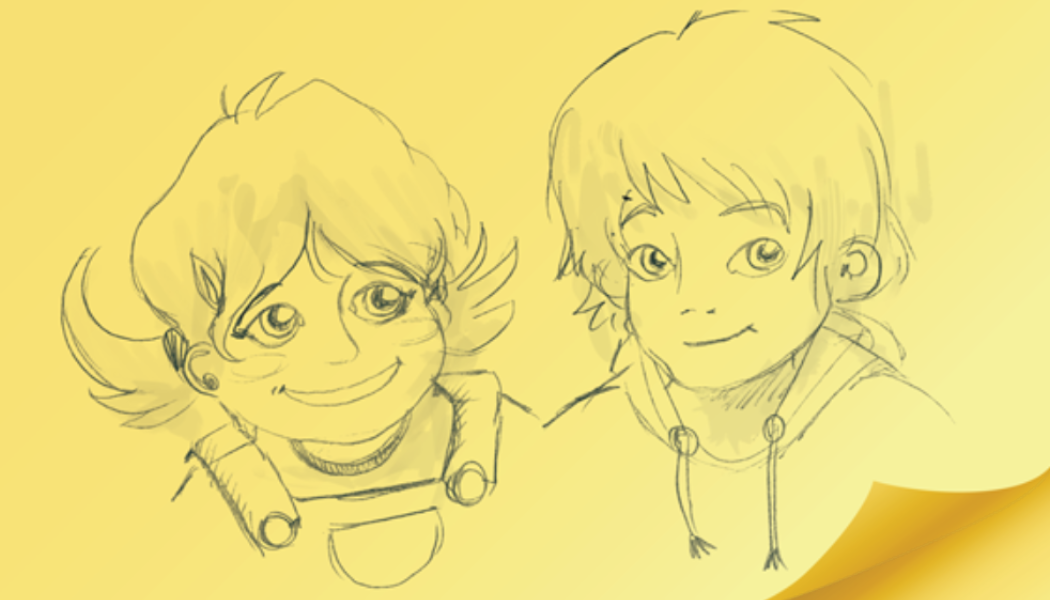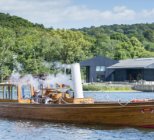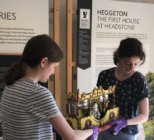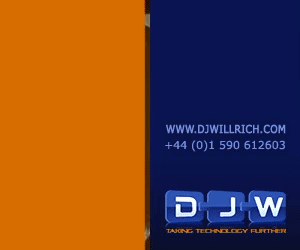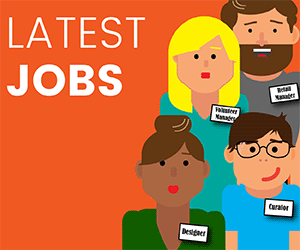A visitor focus is a vital part of the strategic plan of today’s museums: it ensures organisations prosper and means that more and more cultural venues are moving away from focusing entirely on the content of their collections to focusing on the experience of visiting itself. They are spending time and money discovering what makes a good visit for different audiences and using this to shape how they engage visitors in different ways.
The realisation that not all visitors are the same has meant that museums are attempting to define a variety of experiences from a visit to their organisation and cater to the needs and tastes of a diverse audience.
Here we provide three case studies including Bath Museums Partnership where 13 museums have come together to coordinate their offer to visitors, a soon-to-be completed wayfinding project at Birmingham Museum and Art Gallery to make its offer clearer and more friendly to visitors and a wholesale rebranding strategy at National Galleries Scotland that addresses visitor needs.
We also talk to Colin Mulberg of Colin Mulberg Consulting and produce a video (below) on the breakthroughs and shortfalls in audience development in the sector and publish a blog from Fitzpatrick Woolmer on creating new visitor interpretations.
In the past 12 months Mulberg has been working with many clients to help them determine who their audiences are and what they know about them. This sounds simple but it has involved museum teams digging deep across the whole organisation to uncover not only large-scale visitor reports, but also small scale evaluations and sources of information and the implicit knowledge of all staff that deal with visitors.
This information is then collected to create detailed profiles of each audience to provide as thorough an insight as possible into different audiences and is then used to audit the visitor experience on the ground to make physical improvements to the whole visit.
“Many clients are looking at what they offer to visitors to see how to make a visit better and valued more,” says Mulberg. “This involves seeing the visitor offer as a whole package that matches the agendas of different audiences. If the visitor offer closely matches their agenda, then the offer will seem strong, with great potential. If the visitor offer does not really match an audiences’ agenda then the visitor offer will seem weak and only of limited interest. The task is to understand what makes a compelling visitor offer and then to focus how to communicate and deliver it to different audiences.”
This means that museums and heritage organisations need to become more outward facing and look beyond their sectors says Mulberg. He believes there is much to learn from other disciplines such as retail. For example, museums can learn from how they understand their customers and meet their needs, as well as modelling the decision-making process when customers make a purchase. This is also true in other cultural sectors such as the theatre and how it relates to its audiences.
“Museums are realising that audience segmentation for marketing purposes is just the start to understanding their visitors and that they need different types of audience knowledge to gain a full picture,” says Mulberg. “Organisations are also realising that they need to develop a deep insight into their different audiences to understand their interests, concerns, motivations, wishes, characteristics, etc. Once they have this knowledge, they are using it across the organisation to improve the visitor experience on the ground – better displays and galleries, websites, entrances, ticketing, catering, retail, events and activities.”
Visitors want their visits to be a seamless experience, which means that difficulty in using the website or understanding the way a gallery is organised can disappoint but giving them a better experience increases visits and lifts income. “If a visit is easier, satisfaction levels rise and visitors have more time and energy to explore and enjoy themselves,” he says. “A visit is then seen as more worthwhile and this boosts the perception and value of an organisation.”
These are some of the factors that have led the V&A to undergo a transformation of its wayfinding system and present a more fluid experience for its visitors. For the past ten months it has carried out an extensive selection process to find the right company to take on the project in order to get it right.
This month it appointed CCD, the human-factors led design consultancy, to create a new wayfinding strategy that will involve an in-depth programme of research to understand how different visitors and staff see, interact with and understand the building and will use those views to develop and shape the final wayfinding strategy and design solution.
The success of the scheme will be measured both quantitatively and qualitatively with indicators including increases in return visits, visitor satisfaction surveys, as well as improved flow through entrance areas and result in fewer questions to staff about how to get to particular destinations.
“Our aim is to use wayfinding to enrich the visitor experience by them helping explore the rich contents of the museum and its collections,” says David Bickle, Director of Design, Exhibitions and FuturePlan at the Victoria and Albert Museum.” “The V&A attracts visitors from all over the world, and CCD has grasped that by understanding their needs we can, together, create a wayfinding system that will improve people’s time at the museum.”
The project will be split into several stages commencing with the research, before moving to the initial design and testing phase with the system expected to be completed by the beginning of 2017. CCD will lead a consortium of experts consisting of designer Nick Bell, The Team, and Wood & Wood Signs.
“For people to get the most out of their time visiting we must create a wayfinding solution that embraces their needs, but still work within the Museum’s architecture and brand-language,” says Chris Girling, CCD’s Head of Wayfinding. “In a complex environment such as the V&A we can only unlock the ideal design solution once our behavioural research gives us an understanding of the interaction between people, the architecture, collections, lighting, landmarks and signs. The research will provide us with the evidence to deliver a creative design solution which will be developed alongside the V&A team.”
Colin Mulberg Consulting will be curating a stream at this year’s M+H Show on Wednesday, 18 May. You can register for free here. You can also book a 1-to-1 consultation with Colin on the Thursday to discuss how you can improve your visitors’ experience in the Show’s Ask the Expert.
Previous In Focus Features
Digitising Collections – breaking through the museum walls and opening up collections to the world
With new technologies constantly being developed to capture collections, store them and interpret them online in innovative, user-friendly ways, museums are embracing the potential this offers
Professional Development in the Cultural Sector: Finding new ways to develop a skilled and diverse workforce
A trained and skilled workforce is something that every sector needs and the cultural sector is no exception. But how it trains its new recruits, whether they be students, apprenticeships, trainees or volunteers is always evolving and always up for debate
Technology in Museums: making the latest advances work for our cultural institutions
Technology in museums is something that is becoming increasingly familiar as curators and designers attempt to harness the latest developments in the field for the benefit of their visitors and collections
Income generation: developing cultural enterprises in museums and heritage attractions
Museums across the country are continuing to be resourceful and by becoming more business-like in their approach to income generation they are creating robust cultural enterprises
Accessibility in museums: creating a barrier-free cultural landscape
Accessibility to museums and their collections is a pursuit that is taken seriously by the majority of institutions. But are they getting it right and what new initiatives are being set up to improve things?
Temporary and Touring Exhibitions: Reaching out to new audiences
M+H Advisor talks to the Touring Exhibitions Group and presents five case studies from museums that have created, or are currently planning, temporary and touring exhibitions
Packing and transporting museum collections – how to get it right
Packing and transporting museum collections is fundamental to museum discovery and requires an intricate process of planning and trust, which requires experts both within and outside of museums
In Focus: collections management – connecting objects and people
Collections are the powerhouse of museums but they are nothing without good management and the engagement of the audience
The balancing act of designing permanent exhibitions
The process of developing an exhibition from concept to realisation requires an enormous amount of planning and research and the aim is to give the best visitor experience possible by using the right amount of technology and design to tell the story
Valuing, insuring and securing collections
From government and museum-led initiatives to specialist companies there is a wealth of expertise catered to the sector that ensures buildings and collections are secure and accessible
3D Printing – re-making the museum
The use of 3D printers by museums has become more common recently with improvements in technology, lower prices and innovative ways to use them both curatorially and entrepreneurially
The Environmental Control of Collections
The environmental control of collections is essential for the upkeep of objects especially where light, humidity and temperature are concerned and is now a fine science with national standards



